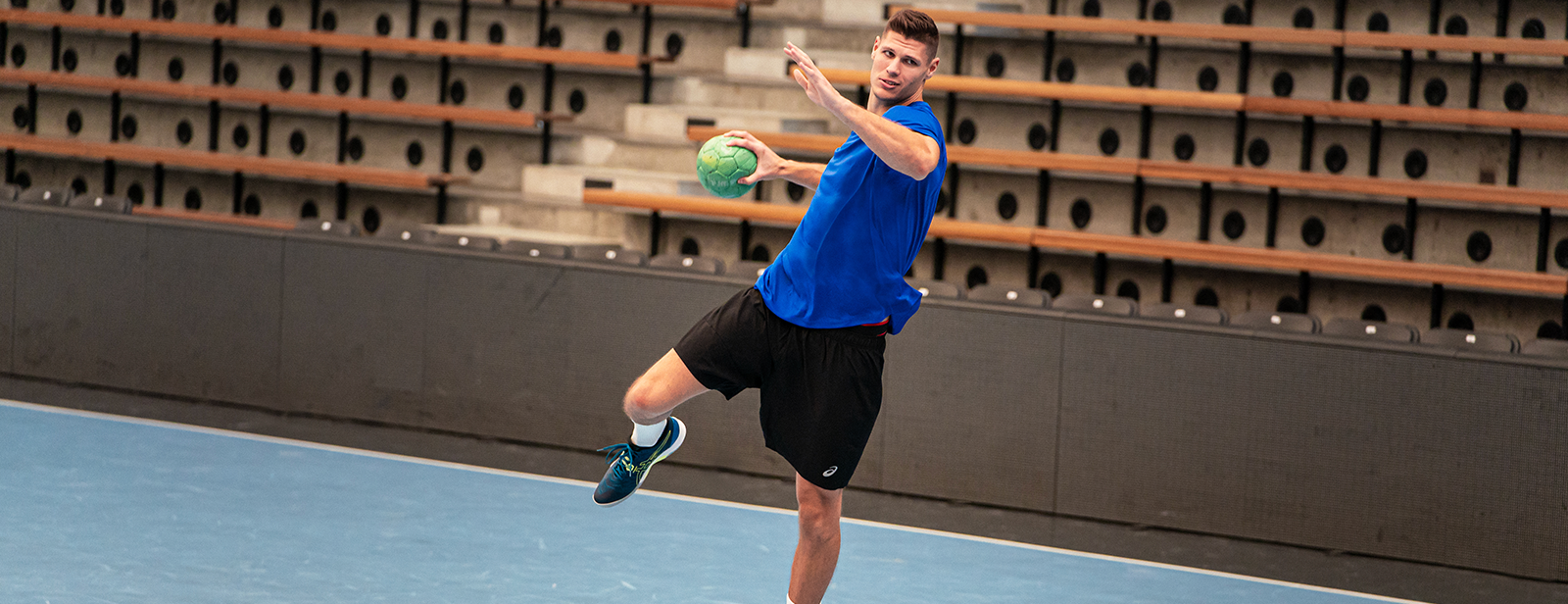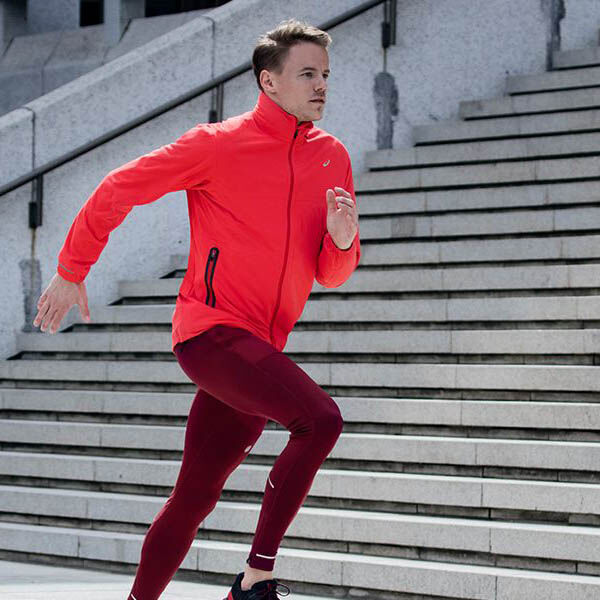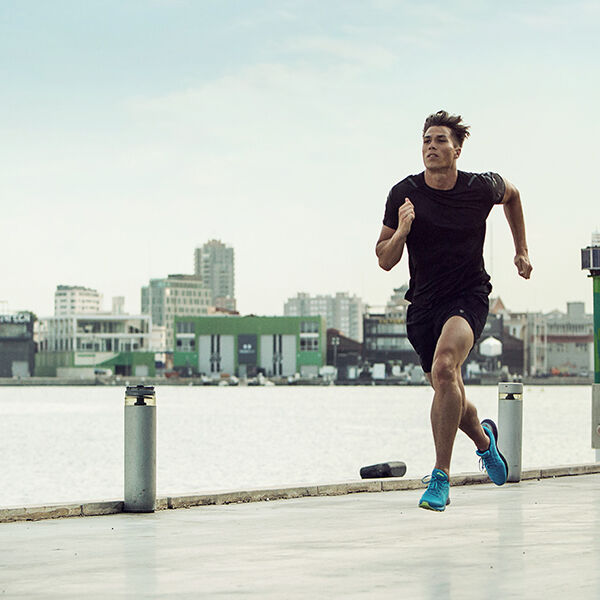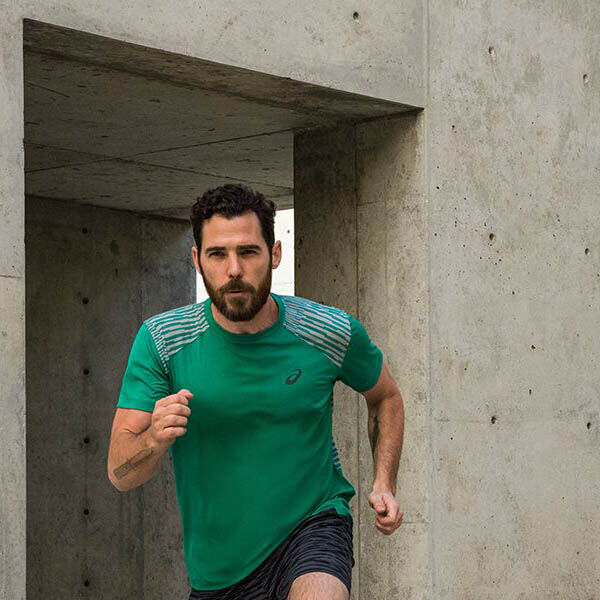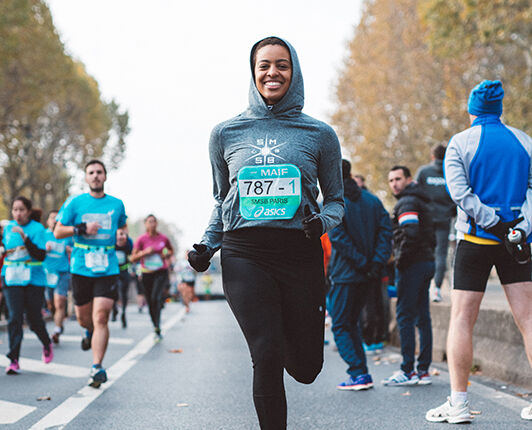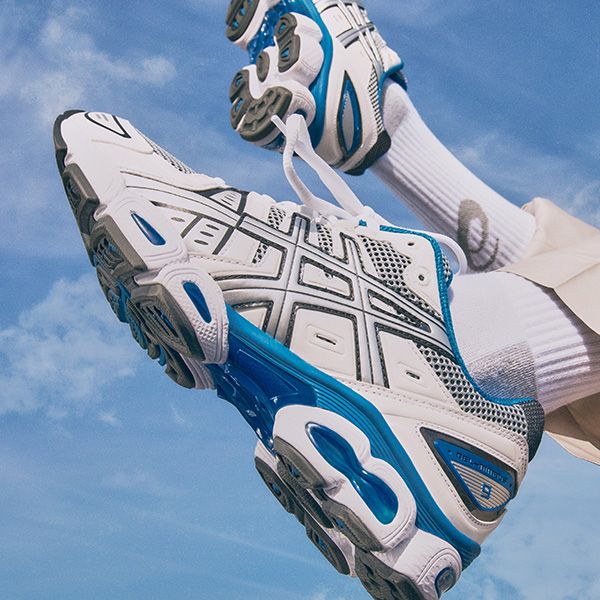Best Strength Training Exercises for Tennis Players
Playing tennis requires a lot of power. From sudden bursts across court to powerful serves and the sheer endurance needed for a long match, working on your physical strength will help all aspects of your performance. The good news is that there are plenty of tennis exercises you can practise to build up your strength and improve your game.
We have compiled the following seven exercises for tennis players which focus on different parts of your body. This can help build up your all-round strength. By weaving these tennis exercises into your training sessions, you’ll soon start to see the benefits.
7 best strength exercises for tennis players
There are many different exercises for tennis players, but the following seven drills should give you a full-body workout. They focus on all the core muscle groups you use when playing the sport. If there is one area where you feel your strength could improve, simply train more in this area.
It is possible to do many of these exercises on a tennis court with nothing more than your body weight. But to have the greatest impact, it's useful to use additional equipment. If you're a member of a tennis club, they may have all this equipment available in the clubhouse. If not, you can do these exercises at a gym.
Here are 7 functional exercises for tennis players.
Ball squeeze
This is a classic tennis wrist exercise. Grab a ball (a tennis ball will do!) in one hand and squeeze then release 20 times, before pausing and repeating in your other hand. This tennis wrist exercise will build up the strength in your forearm and improve your endurance when it comes to taking forehand and backhand shots.
Jumping exercises
This is one of the best leg exercises for tennis players. Either at your tennis court or a gym, line up a row of cones on the floor, a couple of feet apart from one another.
To do the exercise, you jump rapidly over each cone, making sure you land and take off from the front of your feet as fast as possible. Once you reach the front of the row, run back to the beginning and start again. This plyometric exercise will improve your strength and explosive force. It is also a great tennis warm-up exercise.
You can vary this exercise by hopping over the cones with just one foot, or mixing the hops up with lateral sprints to the side and back. Check out our plyometric tennis exercise videos to learn more.
Recommended: Read about strength and cardio for tennis
Rope skipping
Skipping is one of the best exercises for tennis players. Pull-on your tennis shoes, grab a skipping rope and start jumping!
Try to set yourself a target - such as 150 rotations without stopping. As you get more confident with skipping you could also try different variations, such as hopping on one leg.
Rope skipping is a great all round exercise for tennis players but it particularly improves your cardio, reaction times and balance.
Lateral lunges
This is another great type of leg exercise for tennis players. Start standing up, then put one foot diagonally to the front and bend your knees forward, before pushing up and performing the lunge in the other direction. Repeat five times with each leg.
Lateral lunges will improve strength in your legs as well as in your core, and mirror a movement that you will frequently make on the tennis court.
Chest press/press-up
A chest press is a fantastic tennis exercise that will improve strength in your chest, arms and shoulders (if you don't have access to a workout bench, you can do press-ups instead).
Performing a chest press is one of the best exercises for tennis players. It improves strength in your arms, chest and shoulders - which is of course vital when you are serving and playing tough rallies.
Cable rotation
Playing tennis frequently requires you to twist your core as you reach for shots. And this is why cable rotations can be a particularly effective tennis exercise.
At your gym, set the cable machine at around chest height and stand perpendicular to the machine. Grab the cable in both hands - much as you would hold a tennis racket. With your front foot leaning forward you then perform reps, pulling the cable across your body. This tennis exercise will improve your abdominal strength.
Medicine ball throw
To play tennis well, you need to make explosive movements with your upper body, and a medicine ball throw is a fantastic way to improve your strength here. At your gym, grab a reasonably heavy medicine ball and hold it with both hands at chest height. Find a free wall and stand a couple of metres away from it then simply throw the ball in a pushing motion against the wall with all your strength. Pick the ball up and repeat.
Improve your game with tennis exercises
By taking the time to practise different exercises for tennis players, you will build up your strength, endurance and explosive power. And this can make all the difference in a long and gruelling match.
CHANGING YOUR RUNNING SHOES - KNOWING WHEN IS THE RIGHT TIME
When you take your new ASICS running shoes out of the box they are at their most protective and supportive. But like any product, they wear down over time. Podiatrist and ASICS PRO Team member Clifton Bradeley explains when and why you should change them.
“Like any product that’s used regularly, your ASICS running shoes will wear out eventually. How quickly this happens is determined by your mileage, body weight and foot type."
- Running on the road all of the time will wear out your shoes quicker than running off-road
- A heavy overpronator who runs daily will wear their shoes out faster than a lighter, neutral runner who runs every other day
HOW OFTEN SHOULD YOU CHANGE RUNNING SHOES?
It’s difficult to provide a definite answer, as every shoe will wear differently depending on your running style, the frequency of your runs and the design of the shoe. However, if you notice any of the following tell-tale signs of excessive wear, it’s time to start looking for your next pair of shoes:
- The outer sole has worn through to the white midsole
- The midsole feels too soft and collapses easily under pressure. You may see longitudinal creases in the midsole
- The heel counter becomes mobile and less supportive
- Your toes wear through the toe-box and the shoe upper tears
- One shoe sole becomes asymmetrically worn compared with the other
- One or both shoes no longer stand up straight when placed on a flat surface
If you identify one or more of these factors, visit a specialist running store and take your old running shoe to have an expert opinion and new shoes fitted.
HOW MANY MILES BEFORE YOU CHANGE RUNNING SHOES?
As a general rule, you should consider changing your running shoes between every 450 to 550 miles. However, if your running shoes are not showing any of the above signs of excessive wear, you may be able to wear them for longer without increasing the risk of injury.
WHY DO YOU NEED TO REPLACE YOUR RUNNING SHOES REGULARLY?
If looks don’t matter to you, you may wonder why you need to replace your beaten up running shoes at all. Despite some obvious damage and wear, your running shoes might appear to be working just fine, but the real damage usually lies under the surface.
After a certain amount of use, the structural integrity of the shoe will deteriorate and it will no longer provide the stability and support it’s supposed to. Continuing to run in shoes that no longer have many of the components and technology they were designed with may increase your risk of repetitive injuries in the feet, legs and pelvis and reduce your running efficiency.
WHAT AFFECTS HOW LONG YOUR SHOES WILL LAST?
There are a number of factors that will determine how often you need to change your running shoes. That includes:
- The terrain you run on
Where you run, whether it’s inside, on the road, on trails or a combination of these, is one of the biggest factors in determining when you should change your running shoes. To prolong the life of your shoes, the main thing is to make sure that the terrain you run on most frequently is the terrain your shoe is designed for.
- Your running style
Your natural running style also plays a part in how many miles you can run before changing your shoes. You’ll probably have noticed that no two runners have exactly the same gait or footstrike. If you’re not sure how your feet strike the floor, take a look at the sole of your old running shoes and see whether the front or heel carries the most wear. This information will help you choose a shoe that’s better suited to your running style and should last longer.
- Heel strikers - If your shoes are worn predominantly on the heel, you are a heel striker. This is the most common footstrike type for long-distance road runners and may mean you need to replace your running shoes more regularly.
- Forefoot strikers - This is the most common footstrike type for sprinters and hill runners and is characterised by wear under the big toe or on the outer side of the shoe’s front.
- Your build
Your weight and height play a key role in how often you should change your running shoes. Being heavier or taller than the ‘average’ runner means your shoes are likely to wear more quickly, unless you buy running shoes that are designed for your particular build and running style. Increased support and cushioning will make sure your shoe lasts as long as possible.
Find out how to choose the right running shoe for you, learn how your pronation impacts your running shoes and read how you can find just the right fit.

